Kogin Embroidery - by Katie
When Grace told me that we were extending our Daruma range with some new kogin products I thought 'how exciting', closely followed by 'what is kogin?'. I knew it was Japanese and that's about it. So I went on a little research mission to find out more. I thought I'd share what I found out here in case you are both intrigued and bewildered like me!
It turns out that kogin is a form of sashiko embroidery. Sashiko means stab stitch and involves using running stitch to embellish, quilt or mend fabric. Kogin features straight stitches like sashiko but is a form of counted embroidery, with a varied stitch length, usually over an odd number of threads but there are regional variations.

It has very practical origins. Hundreds of years ago in northern Japan poor farmers couldn't afford cotton clothes so they wore layers of hemp and linen. The women began to use stitching to increase the clothes warmth by adding layers together. Another practical use of the stitching was to reinforce certain areas of clothing, for example, adding stitched layers to the shoulders of a jacket if the wearer had to carry heavy loads.

Different types of Kogin from Northern Japan - The Ultimate Kogin Collection Book by Susan Briscoe.
It sounds like a very early form of Make Do And Mend. I really liked finding this out, I enjoy thinking that by continuing this craft our hands our joining with others in a chain that both stretches back in time and forward into the future.
To begin with the embroidery would have been simple, straight running stitches but over time geometric patterns such as diamonds, herringbone and diagonal stripes became a feature. This is where kogin became less of a necessity and became a more decorative form of stitching.
Kogin embroidery is generally worked from a chart, a bit like cross stitch. If you use Instagram it's worth searching #kogin or #koginembroidery to see lots of the different patterns. It can be a bit like falling down a rabbit hole though!
I seem to have particularly fallen for kogin covered buttons, it's something about their small size and the texture, I just want to touch them. Their geometry also reminds me a bit of Welsh tapestry which is a major love of mine. So, a future project for me needs to be to make a simple dress and embellish it with kogin buttons. I'll just add that to the ever growing list!
I've found kogin embroidery being used for all sorts of decorative projects, from bags, coasters and purses to teddy bears, bow ties and hair slides. We are getting a kogin embroidery booklet in as part of the range and I'm looking forward to having a go. The booklet contains charts and project ideas. It is in Japanese but I don't think my lack of ability to read the language will hinder me in reading the charts. Hopefully!

The other items in the range are Kogin cloths in several colours, needles and thread (in 10 different colours). We also Susan Briscoe's Ultimate Kogin Collection book, if you would like to learn more about the subject and follow patterns and instructions in English.

Now that I've found out all about it I'm really looking forward to having a go. Will you be joining me?
You can click here to find all of our kogin and sashiko products in the shop.
Katie x
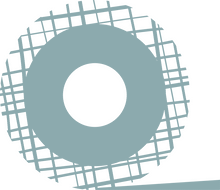
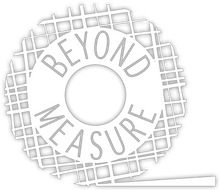
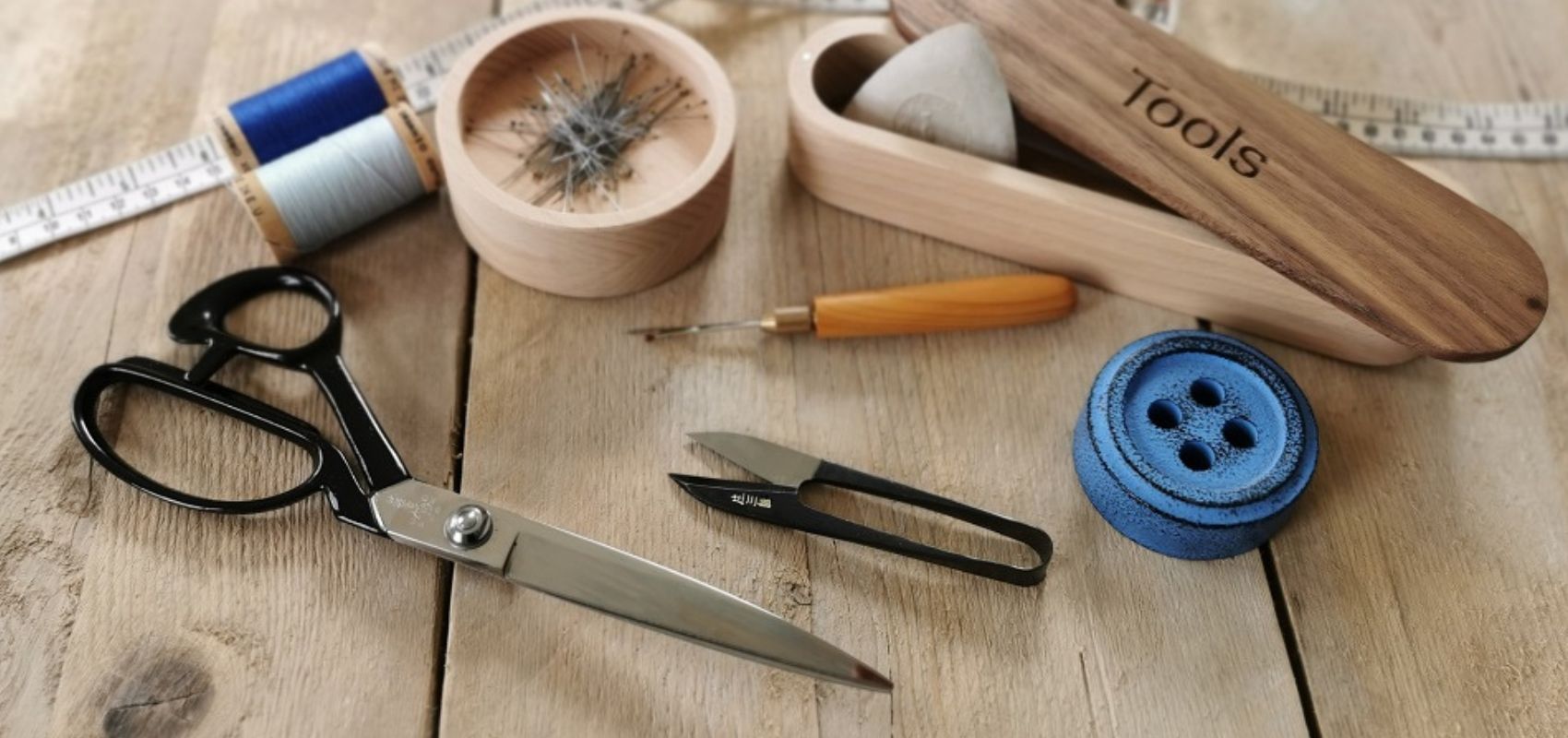
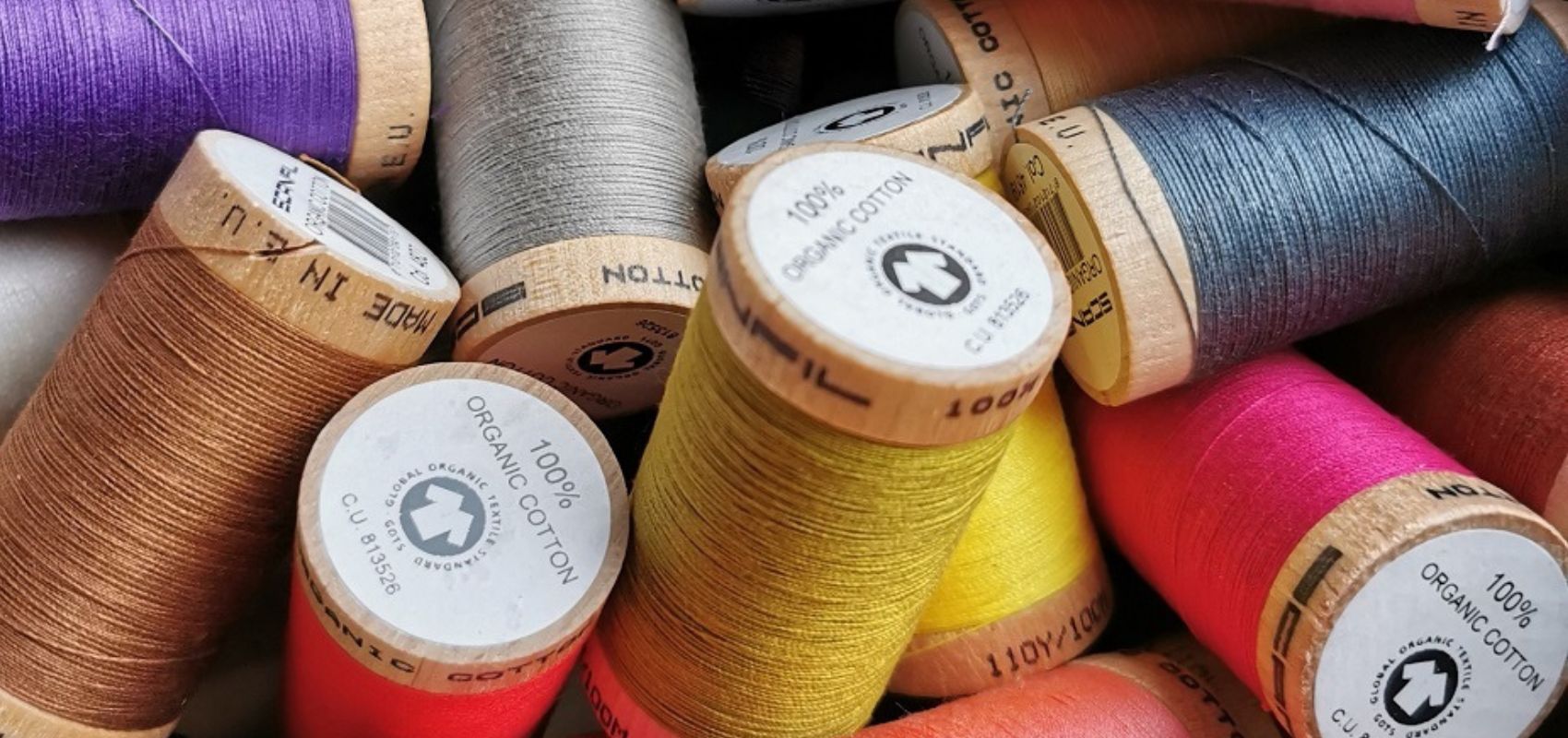
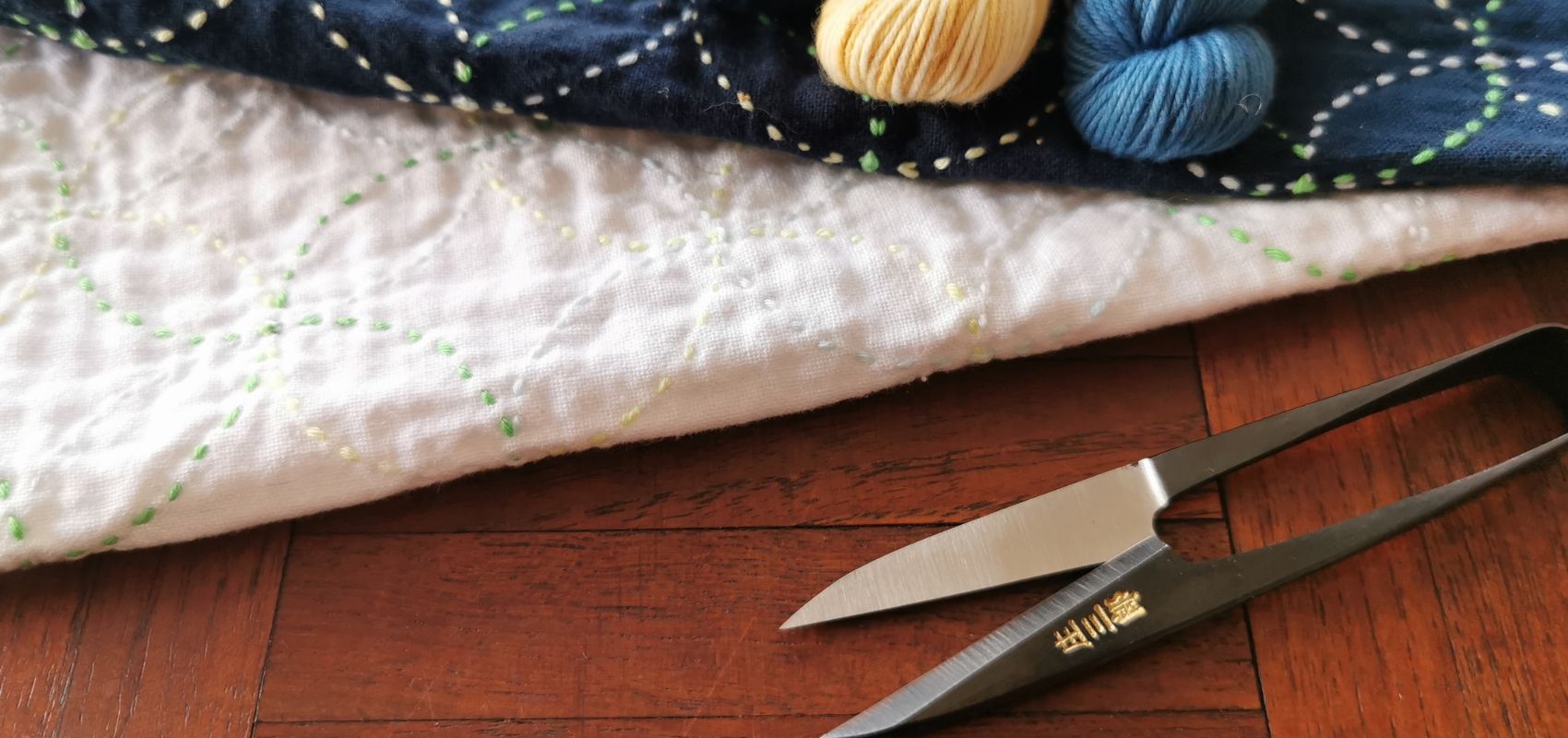
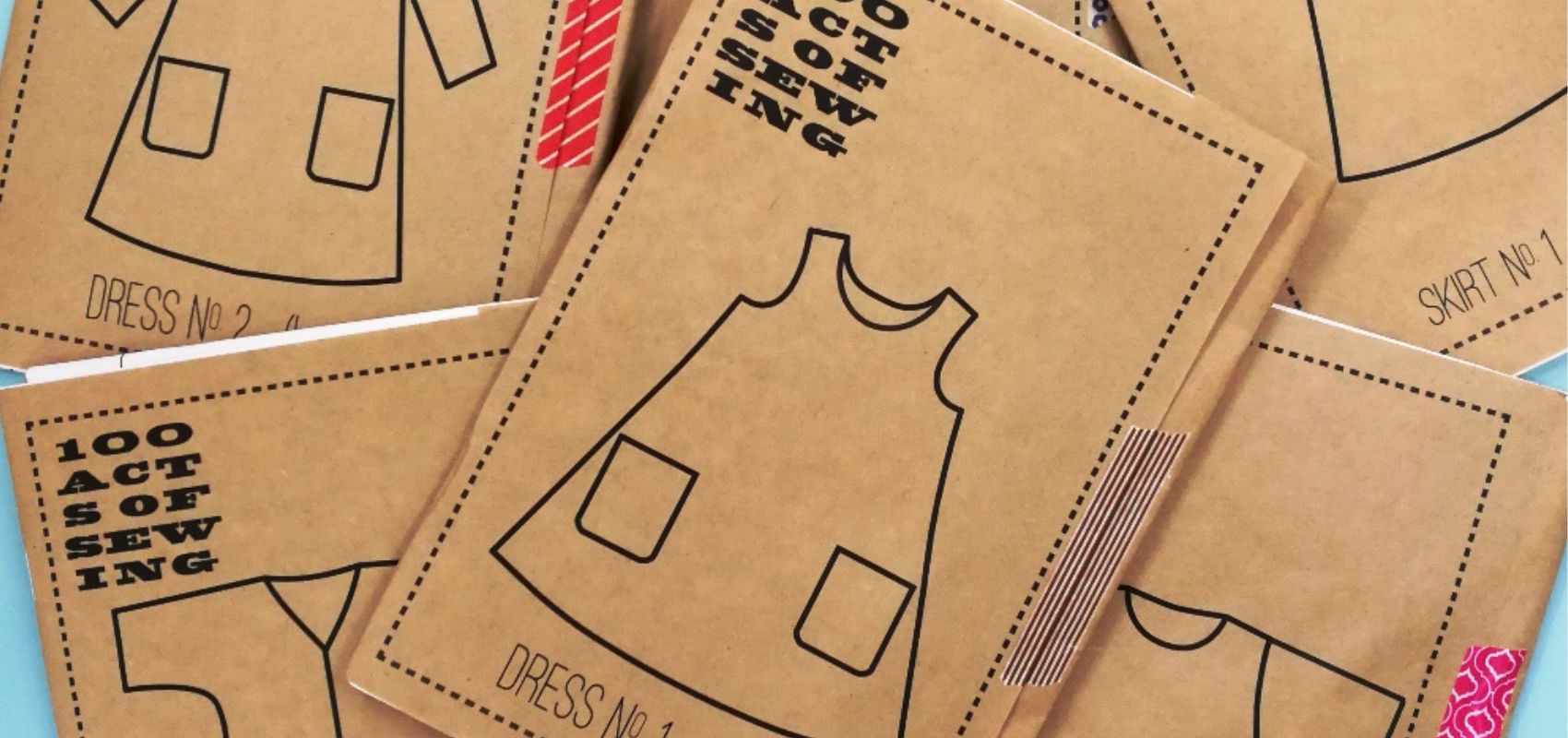
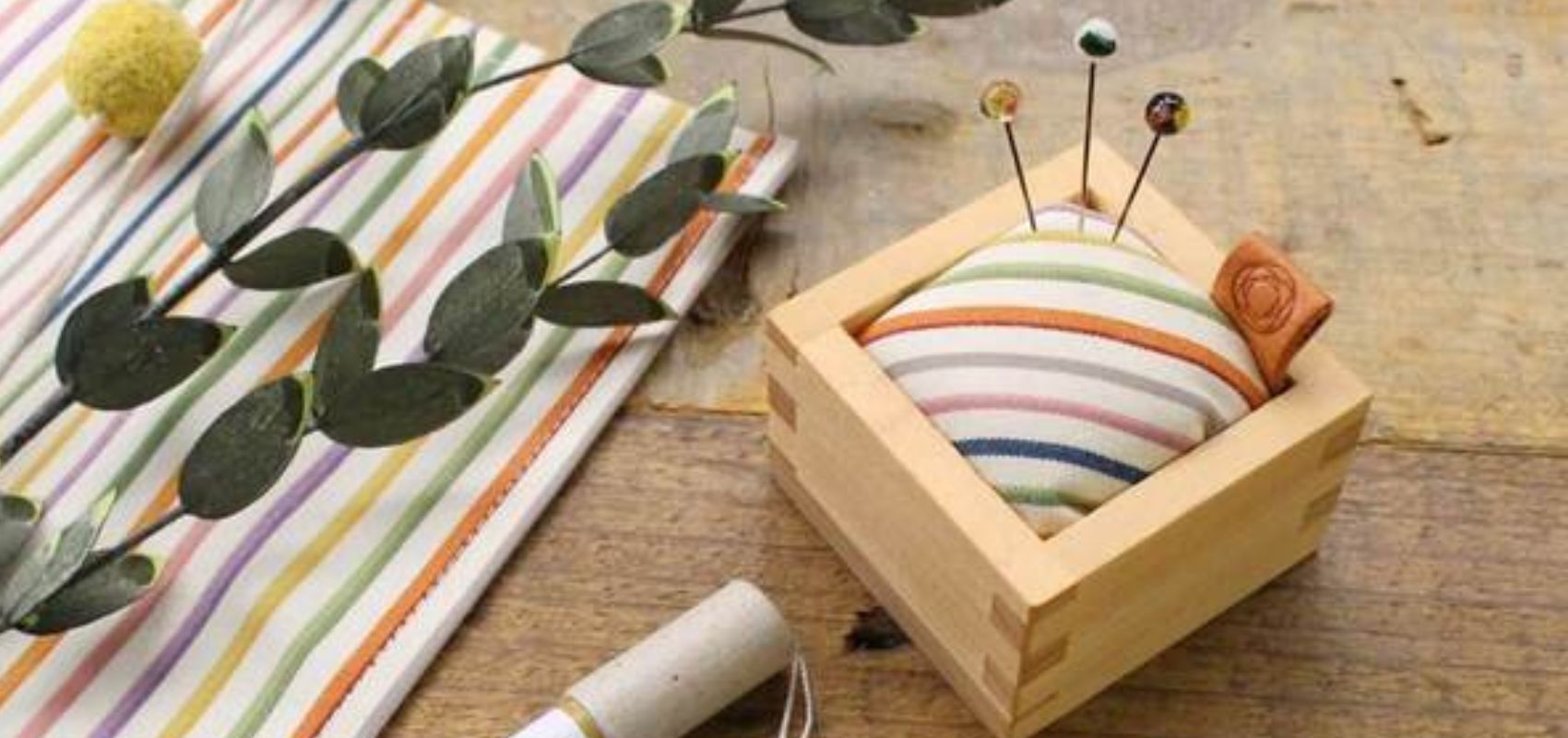
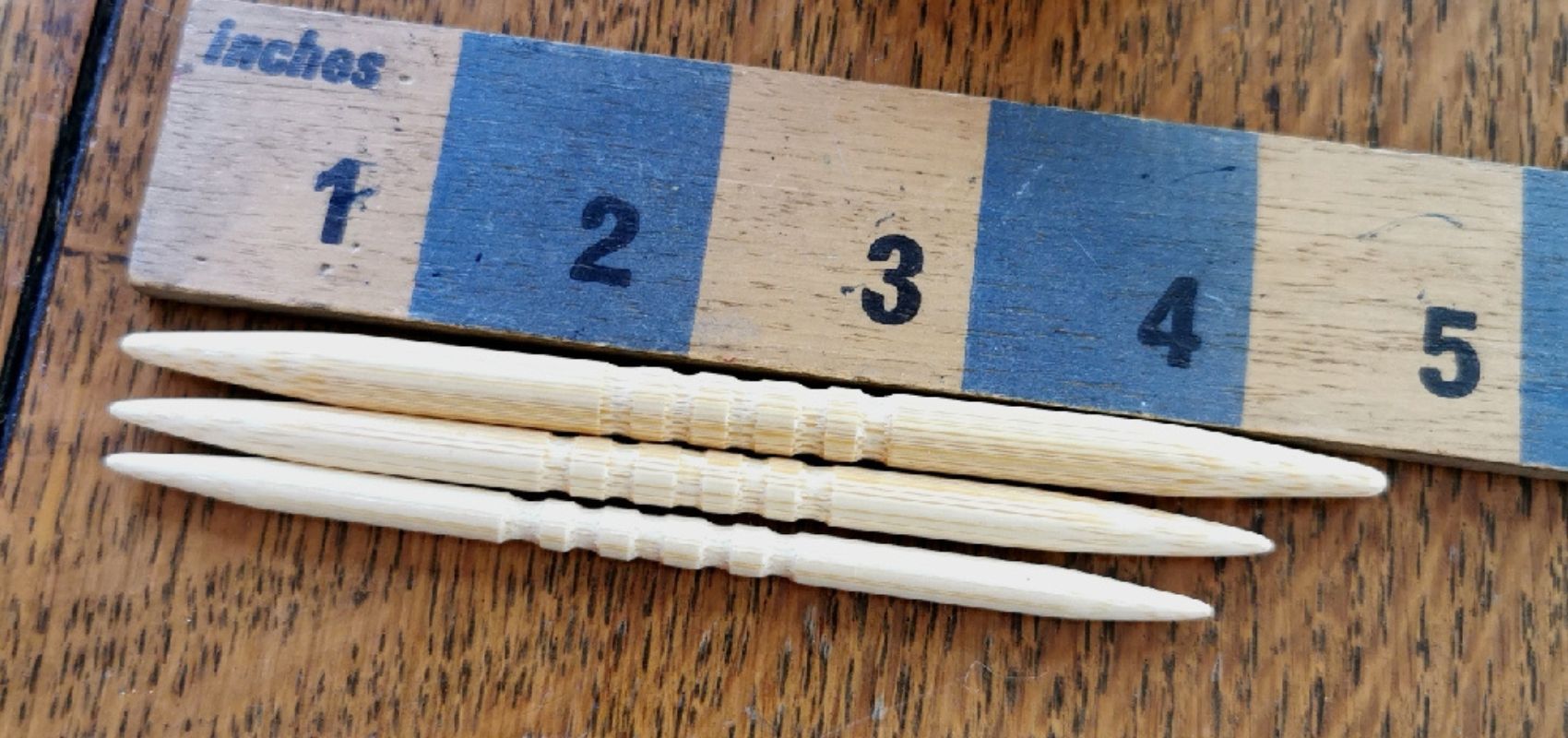
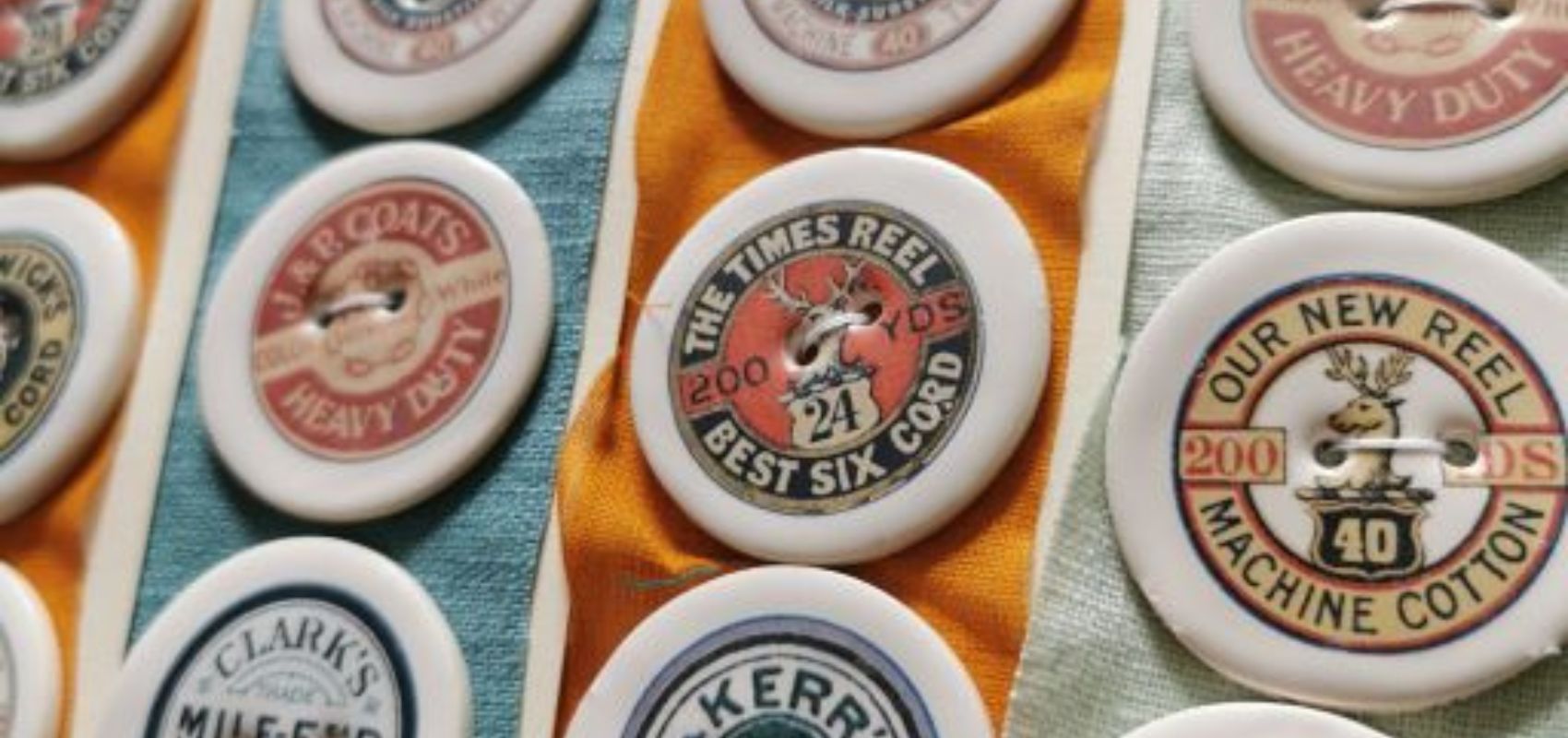
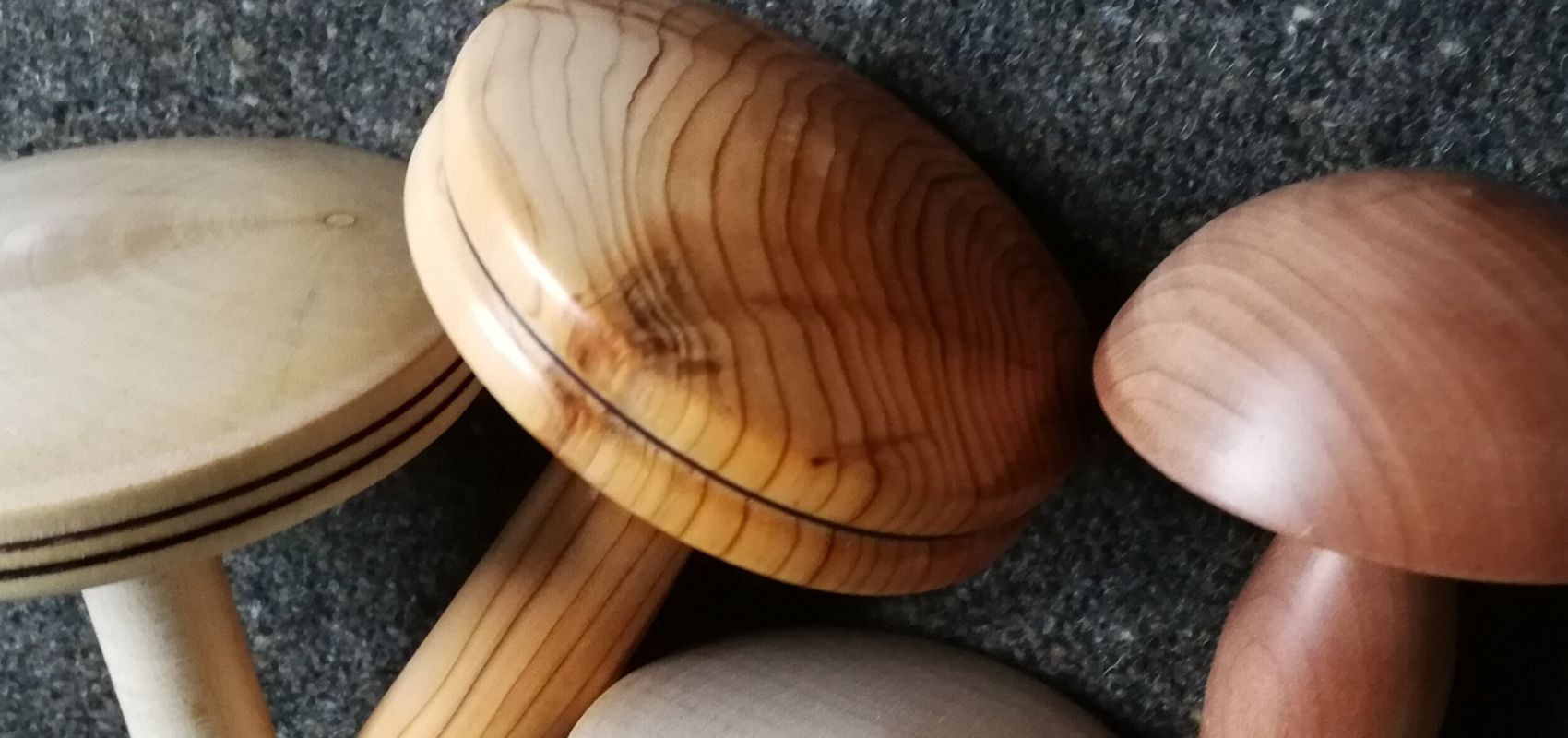
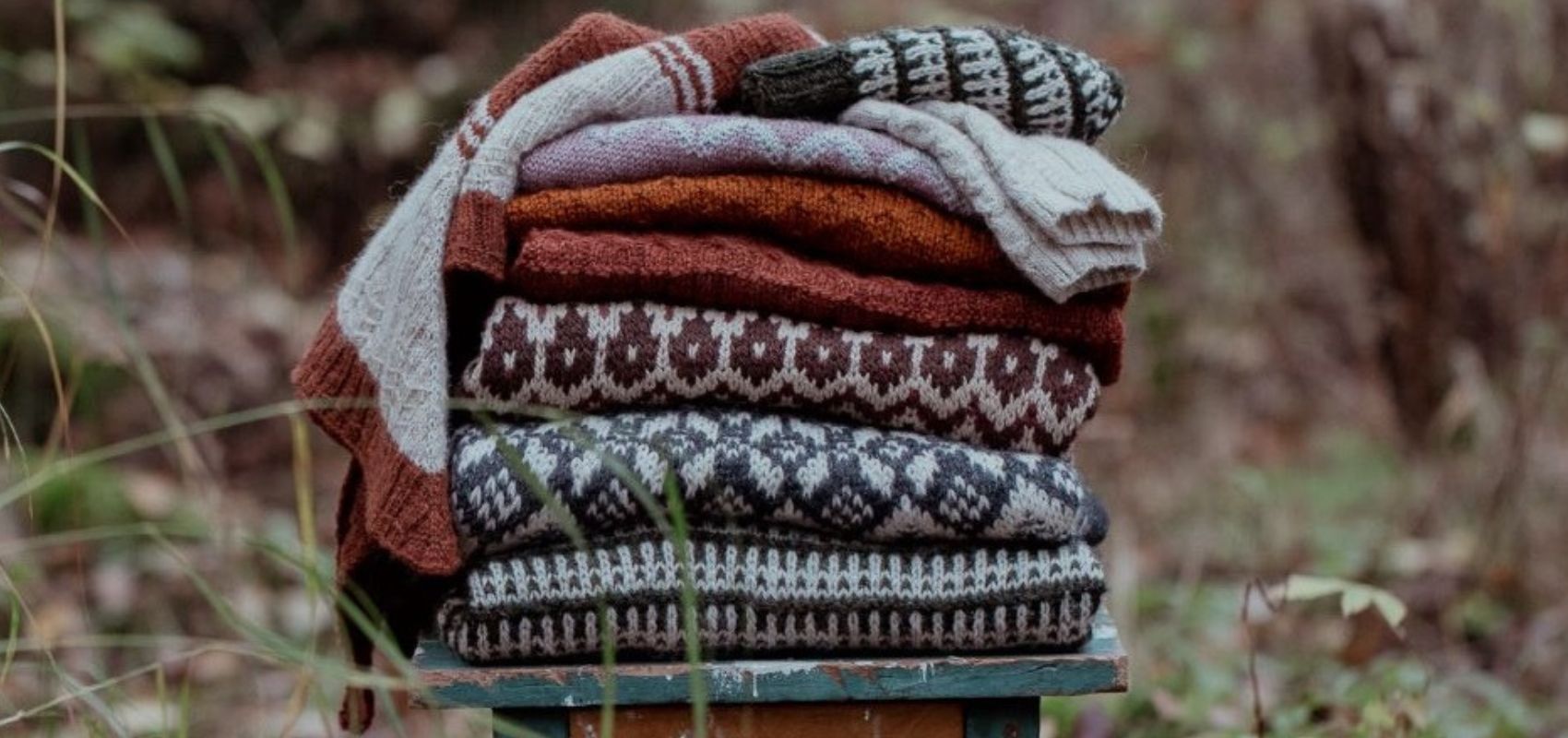
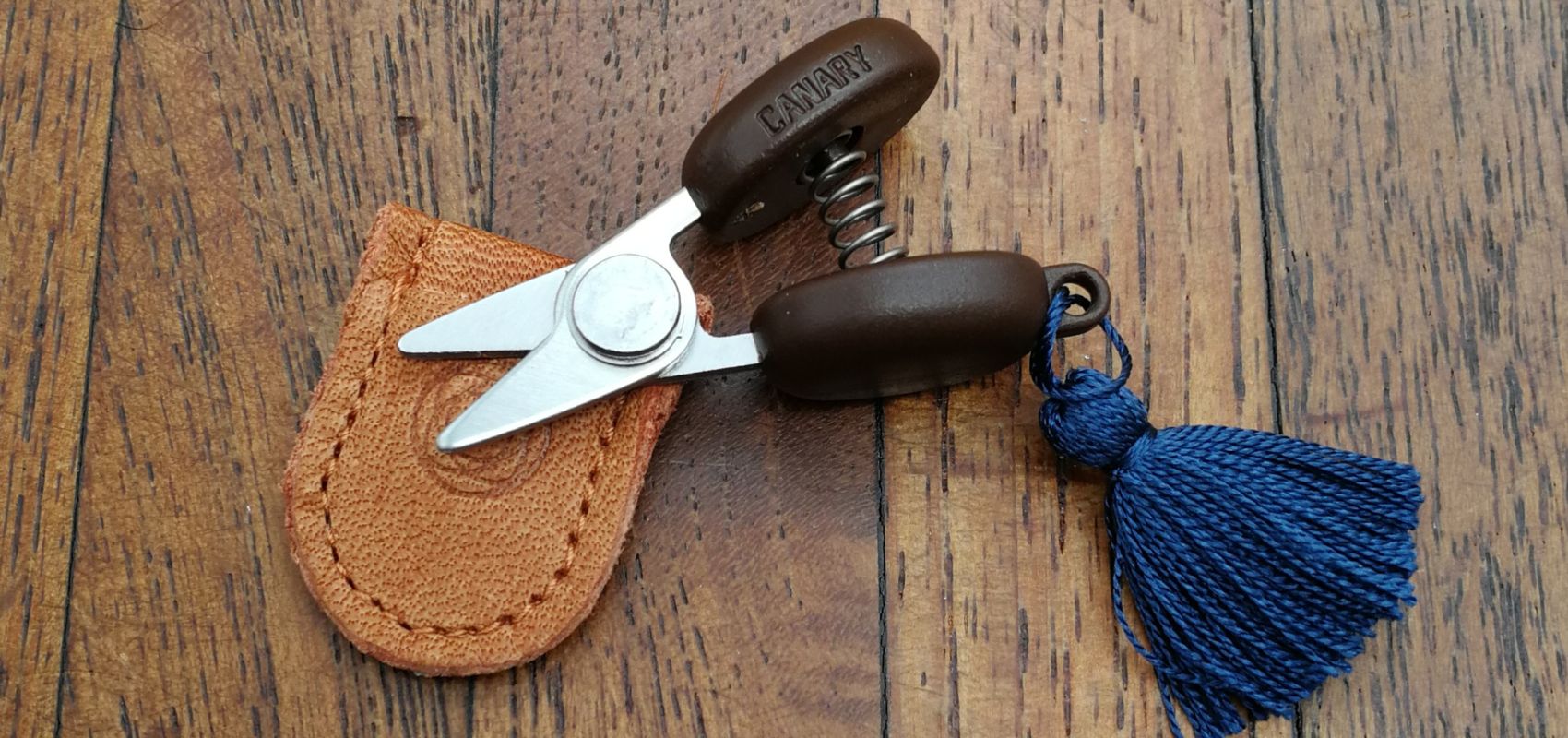
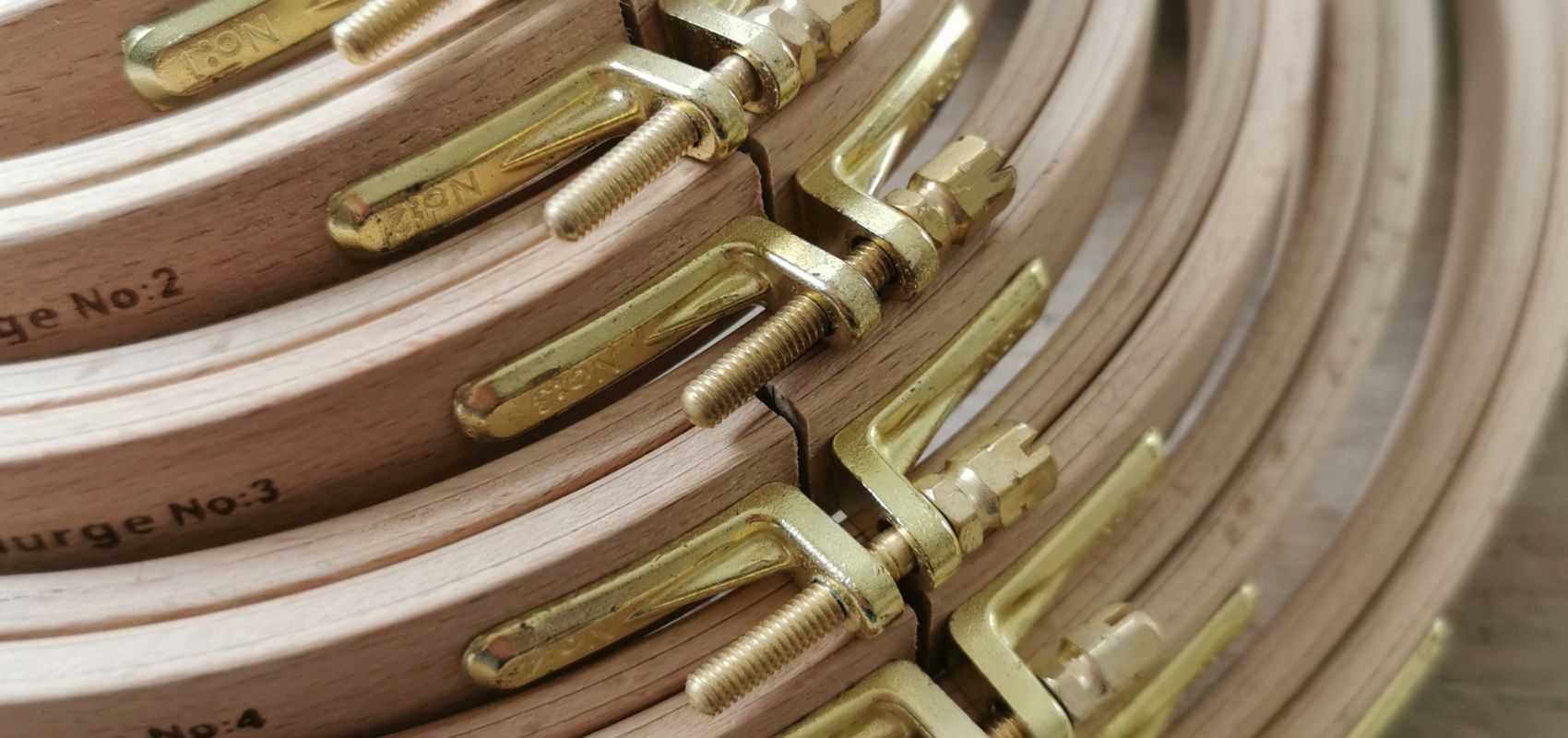
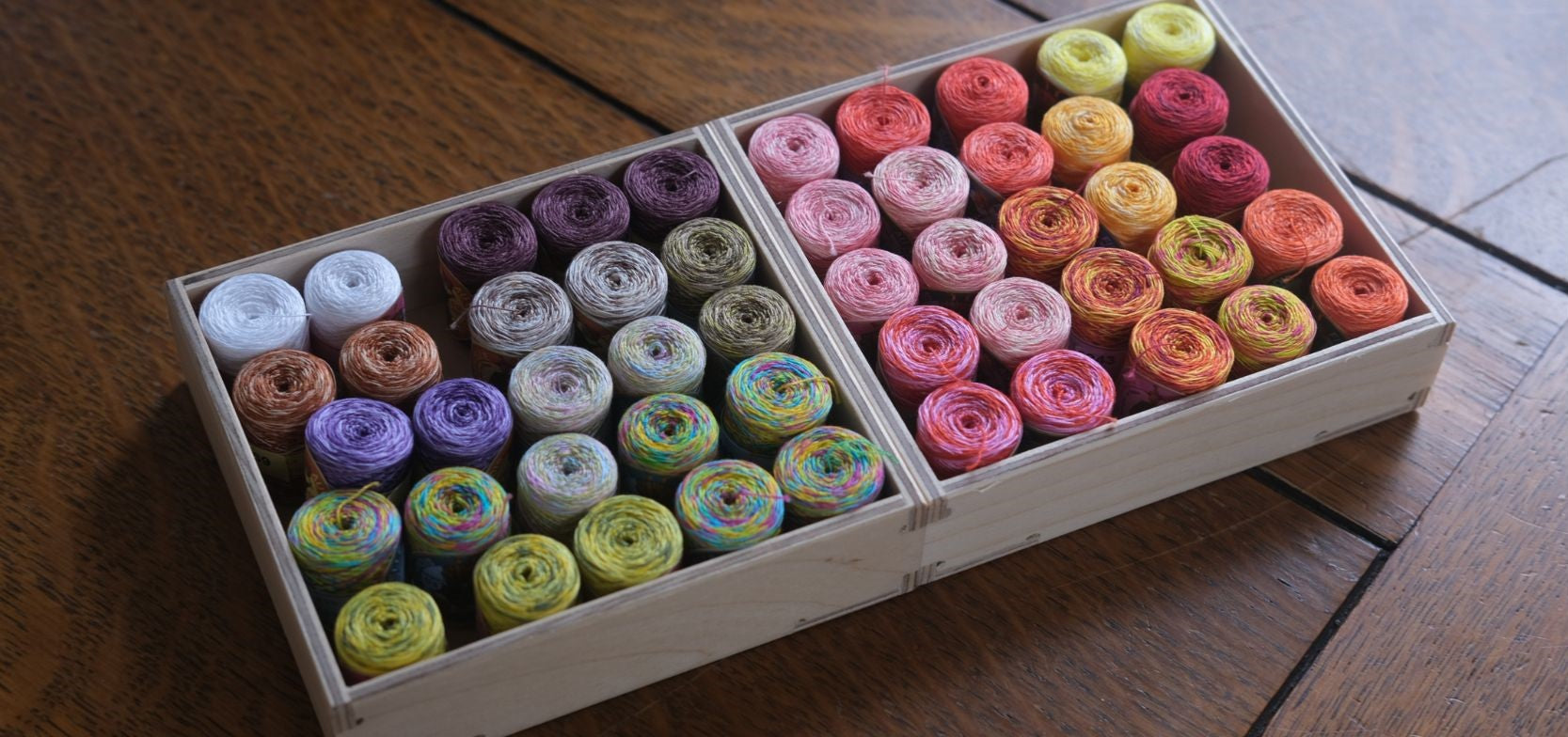
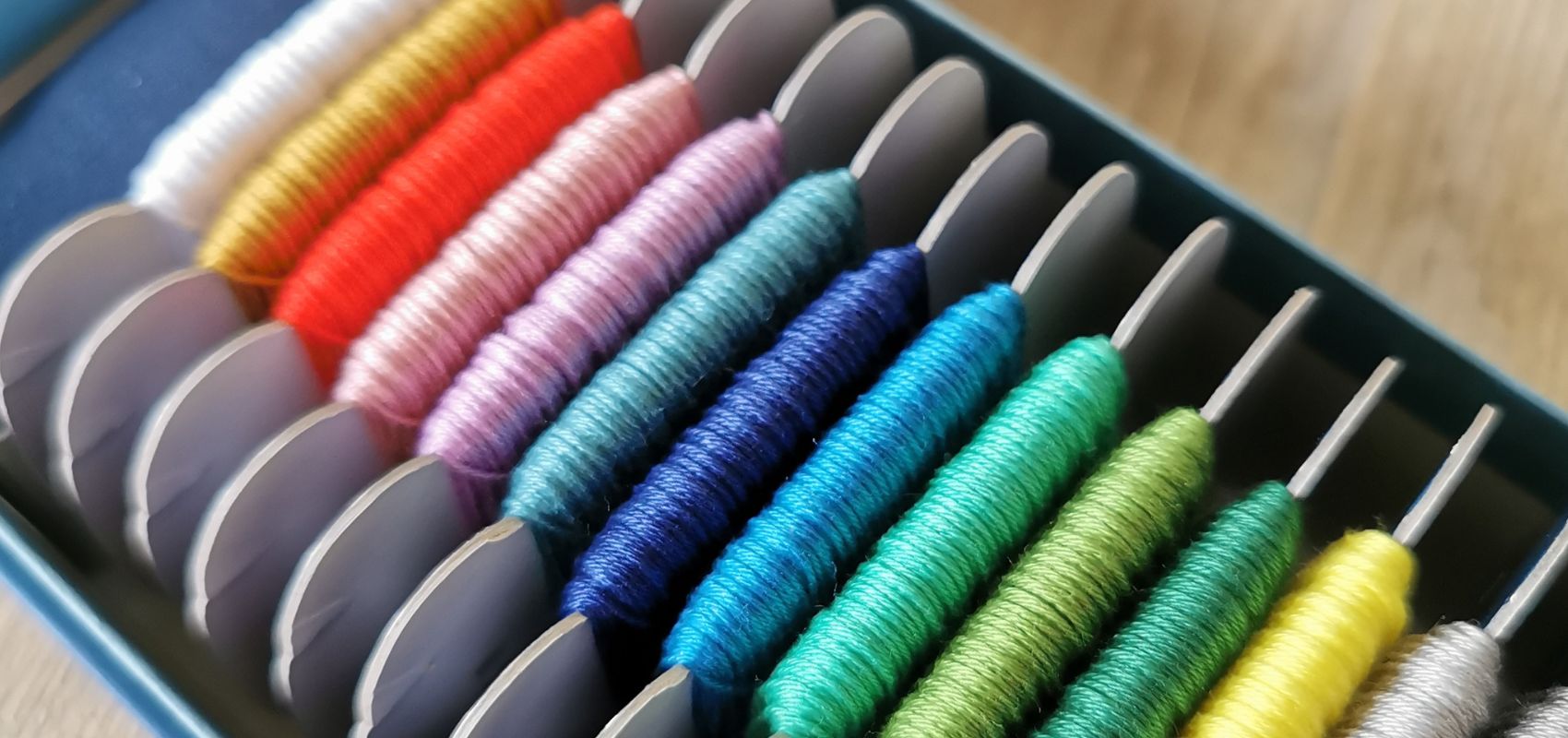
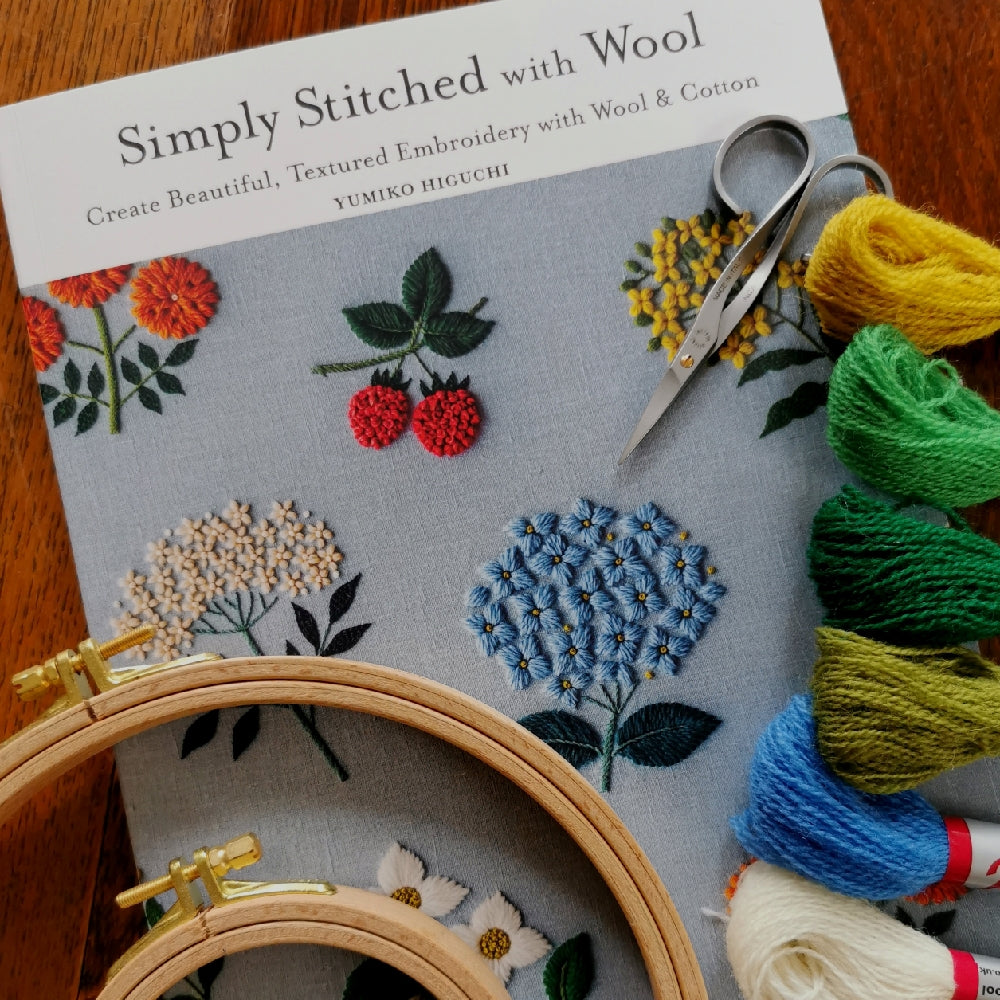
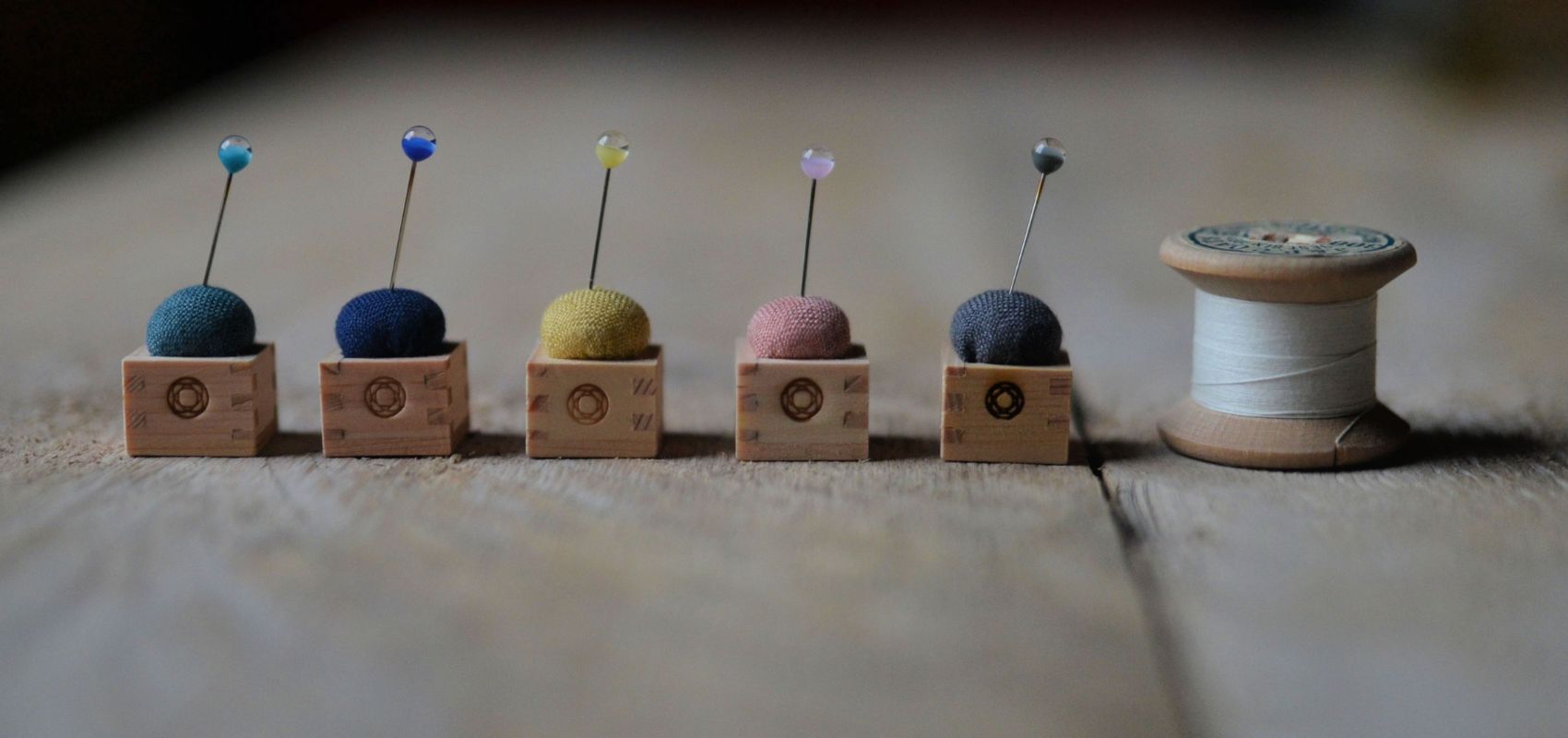
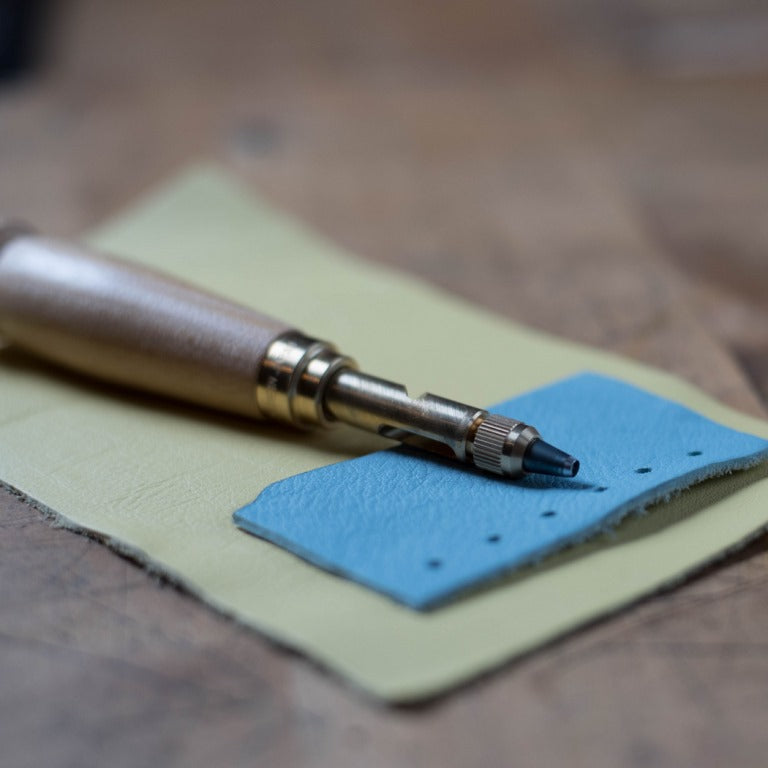
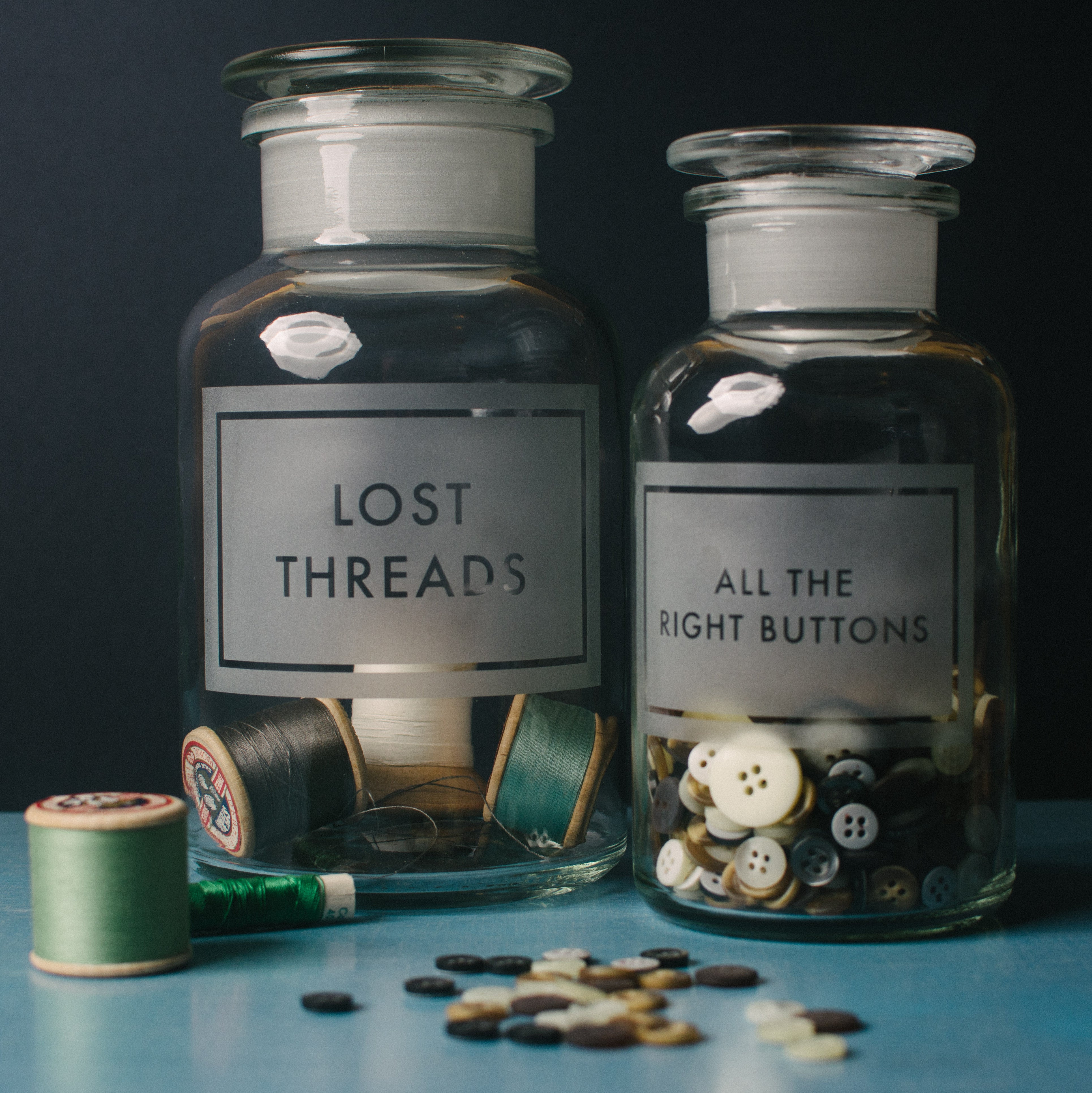
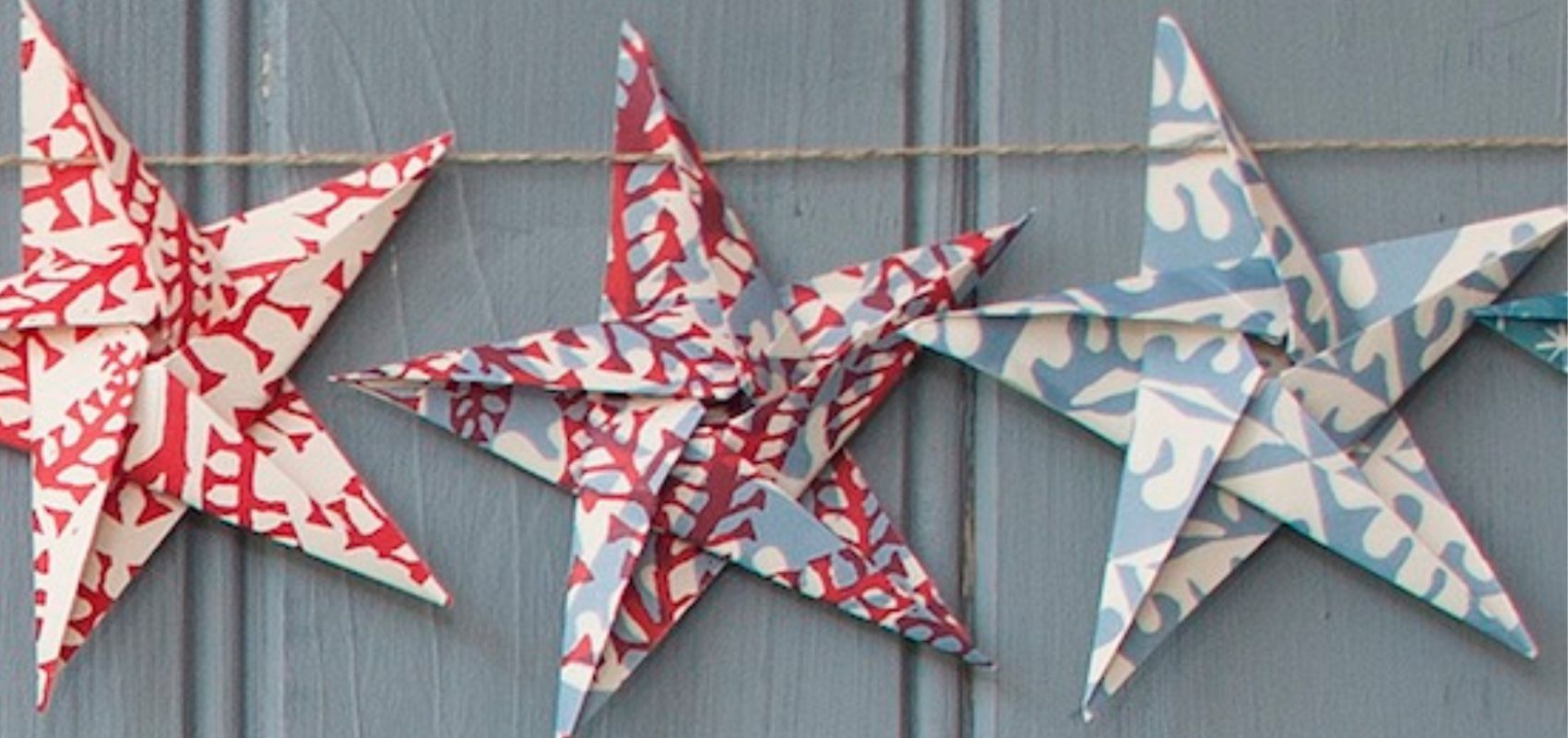
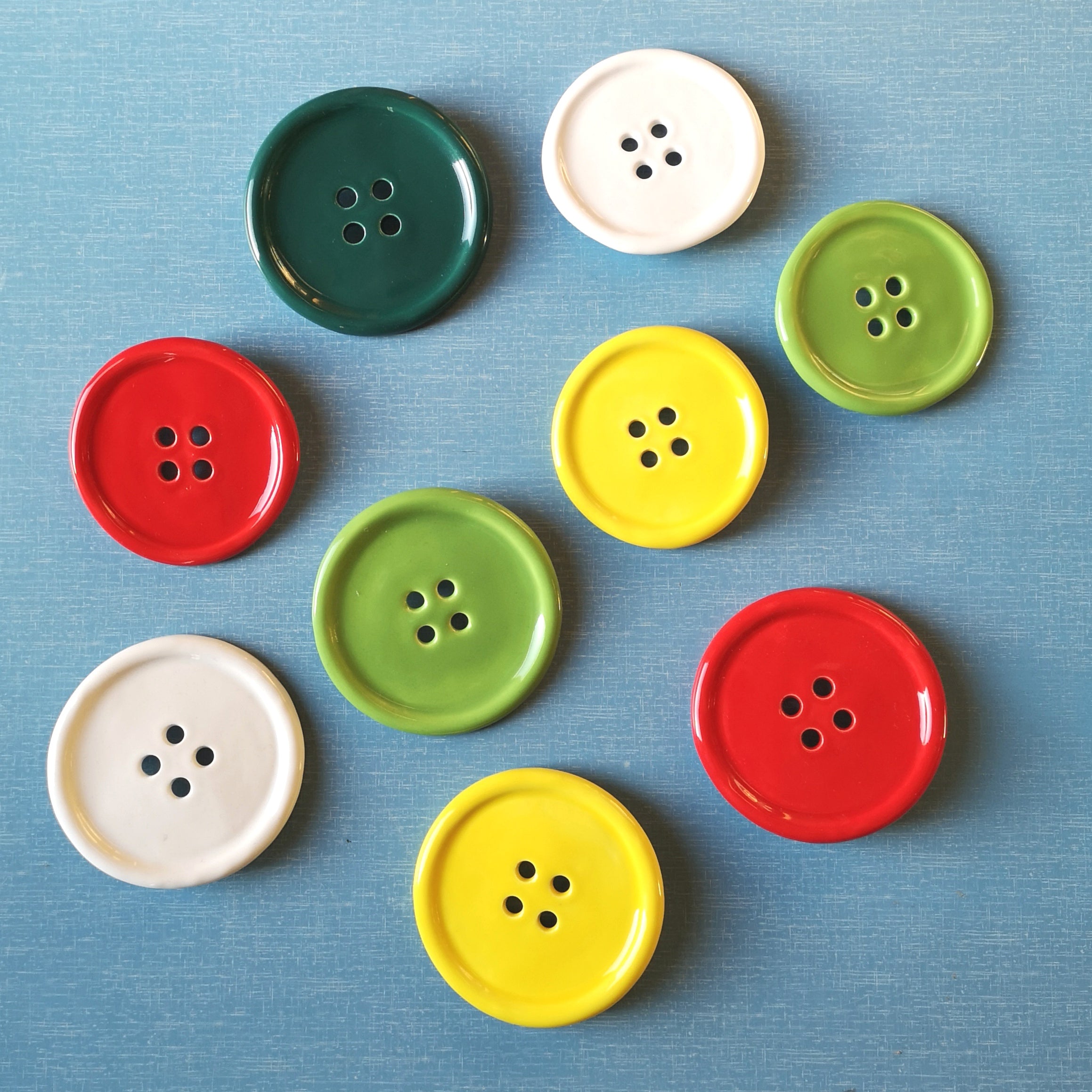
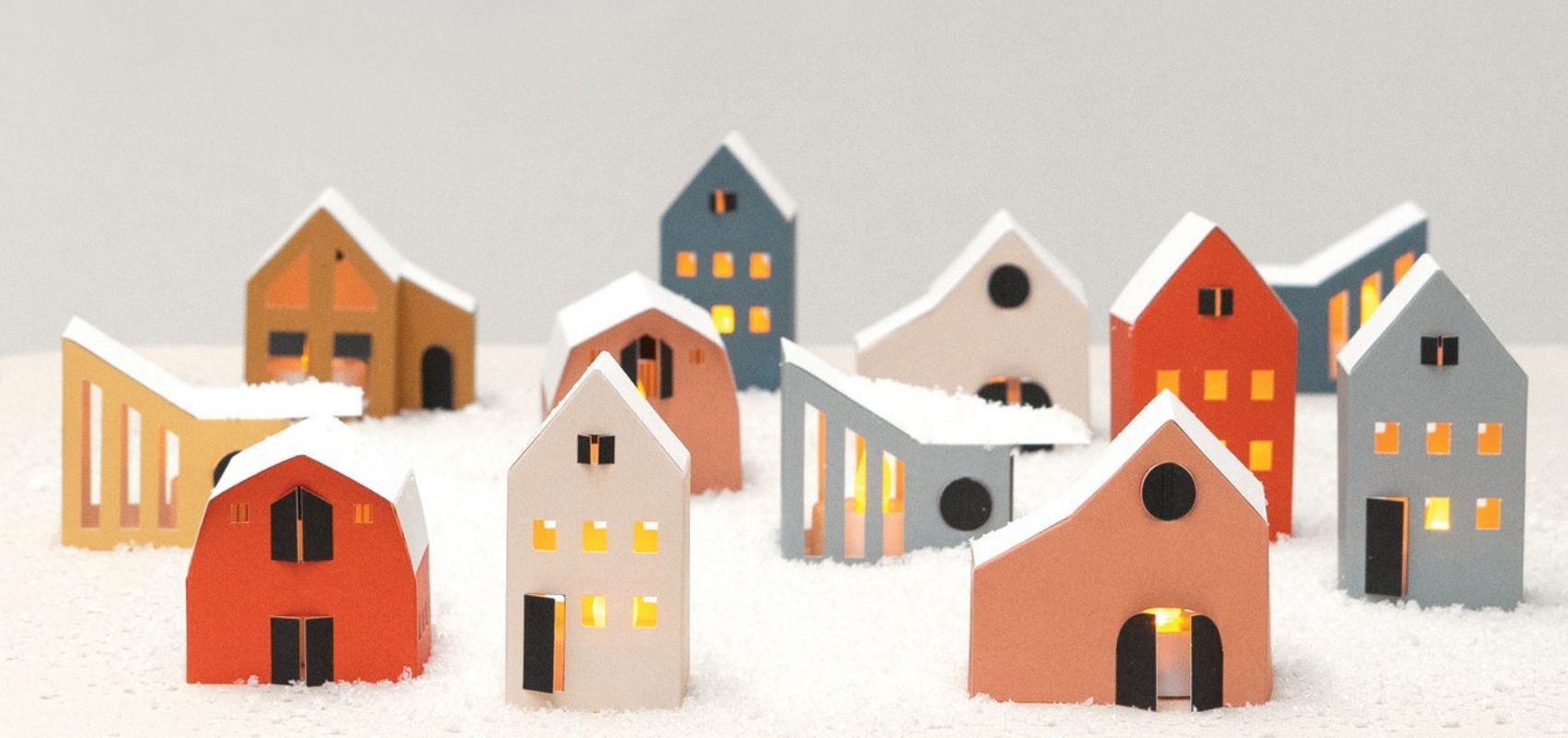
Leave a comment